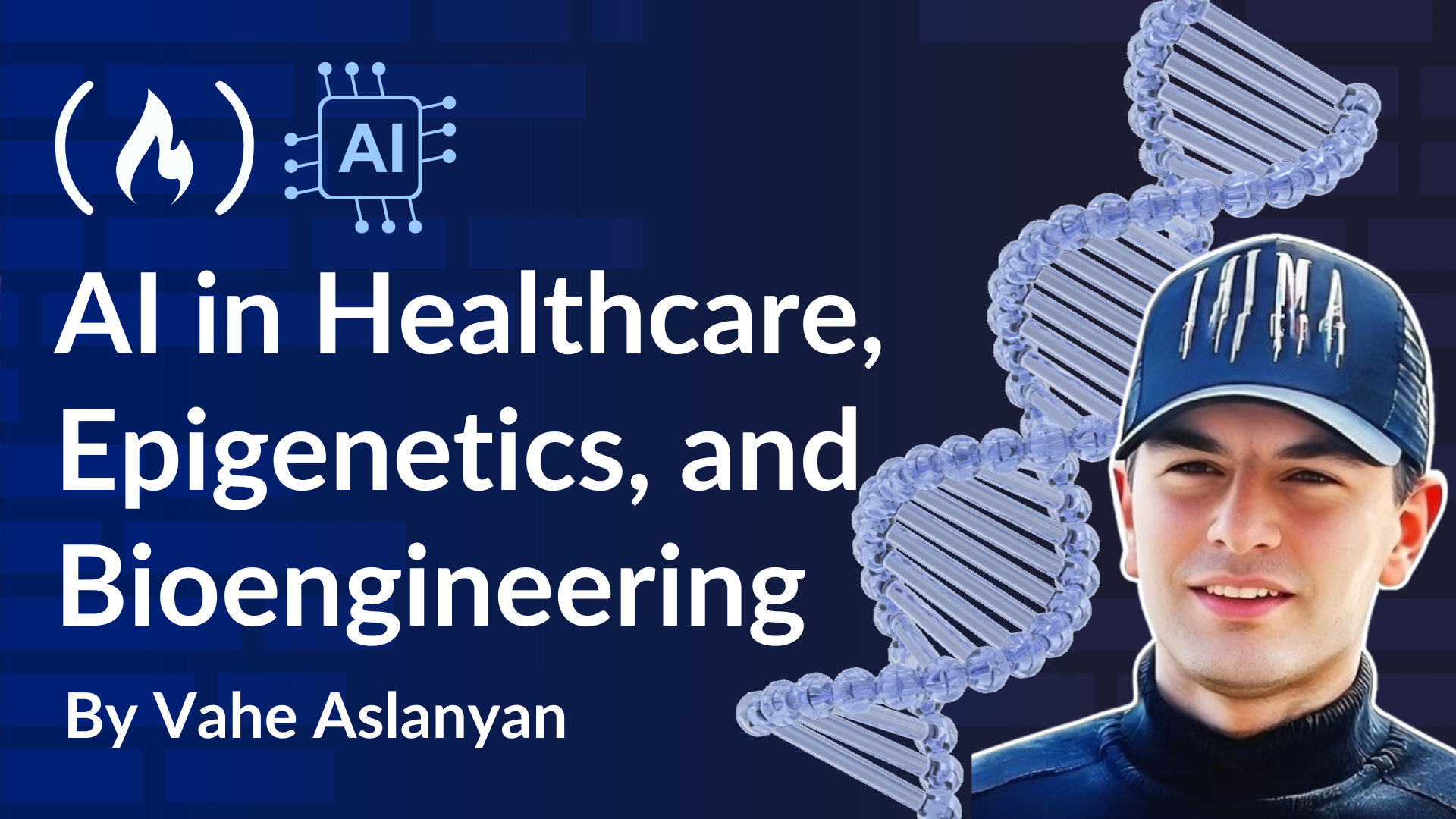
Regenerative Medicine
Regenerative Medicine 관련
Transformative Potential of Regenerative Medicine
Regenerative medicine has the potential to be one of the most transformative fields in bioengineering, offering solutions to some of humanity’s most pressing medical challenges: organ shortages, irreversible tissue damage, and chronic diseases.
At its core lies the revolutionary technology of 3D bioprinting, which uses bioinks composed of living cells to construct tissues and organs layer by layer. This technology is not just about creating structures; it is about engineering life itself, enabling the regeneration of complex biological systems that can integrate seamlessly with the human body.
Beyond bioprinting, advancements in stem cell research and tissue engineering are paving the way for creating personalized medical treatments tailored to individual genetic profiles. These innovations promise to revolutionize transplantation medicine, reduce dependency on donor organs, and eliminate the risks associated with immune rejection. The convergence of these technologies marks a significant leap towards achieving functional and sustainable regenerative therapies.
The Revolution of 3D Bioprinting
Imagine a world where patients with end-stage organ failure no longer wait anxiously for a donor match. Instead, their own cells are harvested, expanded, and used to print a new organ perfectly tailored to their body. This eliminates the risk of immune rejection and removes the need for lifelong immunosuppressive drugs, significantly improving patient outcomes and quality of life.
The implications are staggering: millions of lives saved, healthcare costs reduced, and a paradigm shift in how we view organ transplantation and medical treatment. Beyond this, the ability to produce organs on-demand could alleviate the strain on existing organ donation systems, making life-saving treatments more accessible to those in need. This vision of personalized organ generation not only enhances medical capabilities but also fosters a more equitable healthcare landscape.
Personalized Organ Generation and Its Implications
But 3D bioprinting is only the beginning. Researchers are now developing organoids, miniature lab-grown versions of human organs that mimic their structure and function. These organoids are invaluable for drug testing—eliminating the ethical concerns of animal testing—and serve as models to study complex diseases like Alzheimer’s or Parkinson’s at an unprecedented level of detail.
The ability to observe disease progression in real-time within a lab-grown brain or liver could unlock treatments that have eluded us for decades, accelerating the pace of medical discoveries and therapeutic interventions.
Organoids also provide a platform for personalized medicine, allowing for the testing of drug responses on a person’s specific cellular makeup. This not only enhances the precision of treatments but also reduces the time and cost associated with bringing new drugs to market.
Development and Further Applications of Organoids
Regenerative medicine also extends into treating chronic conditions, offering innovative solutions that go beyond symptom management. For example, bioengineered pancreatic islets could restore insulin production in diabetic patients, addressing the root cause of the disease rather than merely controlling blood sugar levels.
Similarly, cardiac patches made from a patient’s own cells could repair damaged heart tissue after a heart attack, significantly improving recovery outcomes and reducing the likelihood of subsequent cardiac events.
These innovations promise not only to save lives but also to enhance the quality of life for people suffering from chronic ailments, providing long-term solutions that were previously unattainable.
By targeting the fundamental biological mechanisms underlying these conditions, regenerative medicine offers a pathway to sustainable health improvements and reduced dependence on lifelong medical interventions.
Regenerative Solutions for Chronic Conditions
Still, the challenges remain significant as the field progresses towards widespread application. Scaling up bioprinting for mass production while maintaining precision and affordability is no small feat, requiring advancements in both technology and manufacturing processes.
Also, ethical questions surrounding access to these technologies must be addressed to ensure equitable distribution, preventing disparities in who can benefit from these medical breakthroughs.
Regulatory frameworks need to evolve in tandem with technological advancements to ensure safety, efficacy, and ethical compliance, fostering public trust and acceptance. Also, the integration of regenerative therapies into existing healthcare systems necessitates comprehensive training for medical professionals and the development of new infrastructure to support these advanced treatments.
Addressing these challenges is crucial for realizing the full potential of regenerative medicine and ensuring that its benefits are accessible to all segments of society.
